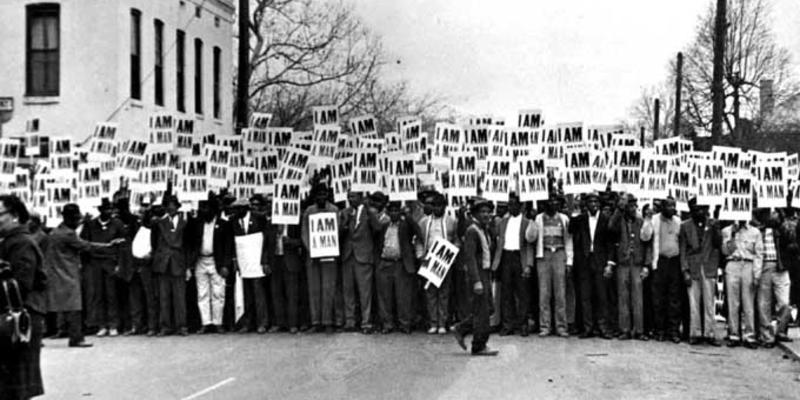
This blog is Part Three (and the final installment) in a resource series for the new and seasoned photography collector. Here, I'll offer tips on buying art at commercial retail venues and auctions, as well as archiving and framing your collection. This blog specifically outlines photography terminology for a quick "study" before viewing and purchasing photography. Follow this series of blogs for a quick resource when looking for and buying photography.
![]()
1. CLASSIFYING THE AGE OF A PHOTOGRAPH
Contemporary
The word itself comes from the Latin "con" (=with) and "temporarius " (=of the time, from "tempus," time) and has the same meaning as modern and/or “current.”
Vintage
The definition of vintage is not quite uniform, but in its strictest version, the photographer created and printed from that negative within one year. As we get further from the negative date, the window of ‘vintage’ can often be expanded to cover five or even 10 years. The price for a vintage photograph can be much higher in price than a modern or later print.
Period
The photograph was printed approximately three to 10 years later than the original negative.
Modern or Posthumous/Estate
The photograph was printed from the original negative after the death of the photographer. Also sometimes referred to as an “estate print.”
![]()
2. A NOTE ON EDITIONS
Before 1990, photographers were less likely to edition their photographs. Editions of 25 or under are preferred; over 25 are superfluous and hurt the overall buyer’s market. No collector wants 100 prints “out there” to be bought and traded; rarity and limited numbers are best. Typically, retail prices escalate as the edition sells out. For example, editions one through five are $1500; six through 10 are $2000; etc. Now, with the digital process as a main format, editions are almost necessary. Artists are also more likely now to number and sign their photos on front or verso.
![]()
3. PHOTOGRAPHY TERMS
Archival pigment prints (Archival digital prints)
Archival pigment/digital prints are generally printed using light jet technology, which uses laser light. The papers can produce great color and sharpness, and are archival for 70 to 100 years.
Artist proof
A photograph segregated from the artist’s editioned prints. The artist often archives an A/P print in his/her private collection, but not always.
C-print
A c-print, such as Ektachrome, is a color print. The print material has at least three emulsion layers of light-sensitive silver salts. Each layer is sensitized to a different primary color, such as red, green, or blue. During printing, chemicals are added which form dyes of the proper color in the emulsion layers.
Collaged photograph
Image made by combining photography and perhaps other materials to one surface.
Contact sheet
A contact print is made for proofing or record keeping purposes in which the original is pressed flat against the printing paper—either directly or through a transparent holing sheet—for the exposure.
Dye transfer
Is a color photograph using four negatives to control the colors as they are transferred to photographic paper that contains the emulsion.
Gelatin silver print
The gelatin silver process uses gelatin, an animal protein, as the binder and developes silver as the image material. It is the most common black-and-white print process, introduced in 1885, and is still in use today.
Hand-colored photograph
By hand, the artist “paints” the photograph with colored pigments: dyes, oils, watercolors, etc.
Mounting
A board upon which a photo adheres. If the board is not acid free, the photo will face and deteriorate over time.
Sepia print
The term 'sepia' comes from the name of an artists' pigment made from the Sepia cuttlefish Sepia officinalis (also known as the Common Cuttlefish), which is found in the English Channel. In sepia toning, chemicals convert the metallic silver in the print to a sulfide compound, which is much more resistant to the effects of environmental pollutants such as atmospheric sulfur compounds. This is why many old photographs are sepia toned.
James Karales, Martin Luther King at Home with Children, gelatin silver, 11 x 14 inches, VINTAGE; Julia Cart, Music Room, Aiken Rhett (Charleston), carbon pigment print, 20 x 26 inches; Ernest Withers, I am a Man, gelatin silver, 16 x 20 inches